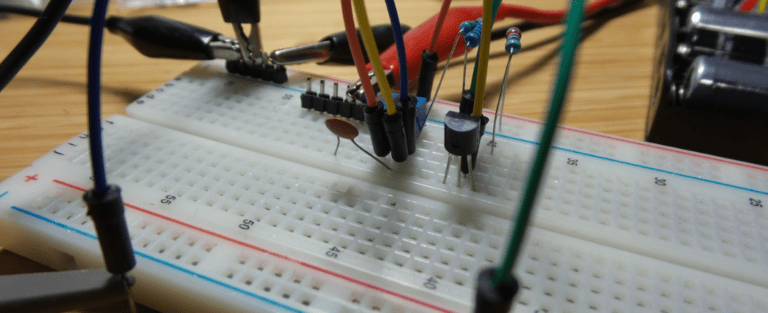
Parameters of Bipolar Transistor
There are two important parameters of a transistor: the (α) and the (β). The relation between emitter current Ie and the collector current Ic is given by the parameter, known as alpha (α) of the transistor.

There are two important parameters of a transistor: the (α) and the (β). The relation between emitter current Ie and the collector current Ic is given by the parameter, known as alpha (α) of the transistor.

The PNP transistor can be used in two different modes: forward biased mode and the reverse biased mode. In forward biased mode, the current can easily flow through it. So it acts like a CLOSED SWITCH.
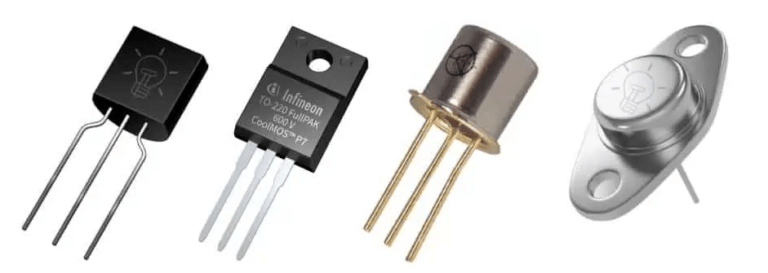
Bipolar and unipolar transistors can be categorized according to their basic functionality. In bipolar transistor the electric current flows due to BOTH electrons and holes through it. However, in unipolar transistor the current flows EITHER due to electrons OR holes through it.

A rectifier circuit converts AC into DC. It uses diodes for this conversion, because the diode passes current only in one direction. There are three types of rectifier circuits, HWR, FWR and BR.

The PN junction diode conducts only in one direction. So it is known as unidirectional current device. Before going to understand the energy level diagrams, please read construction and biasing of diode.

Diodes are very cheap in cost, so it is a general thing that every electronic hobbyist has large number of diodes in his/her stock. When you pick up a diode from your stock, sometimes the cathode marking band on the body of diode, may be wiped out, so its difficult to find our the anode and cathode just by looking at it.

When the external voltage applied to the PN junction is in such a direction that it cancels the potential barrier, thus permitting current flow, is called as forward biasing.

A PN junction diode is the first semiconductor device in semiconductor family. It is also known as unidirectional current device, because it allows current only in one direction through it.

The devices like diodes, transistors, ICs used in electronic circuits are manufactured with the help of extrinsic semiconductor. When a trivalent or pentavalent element is mixed with pure Silicon crystal (i.e. intrinsic semiconductor), the new material is formed known as extrinsic semiconductor.
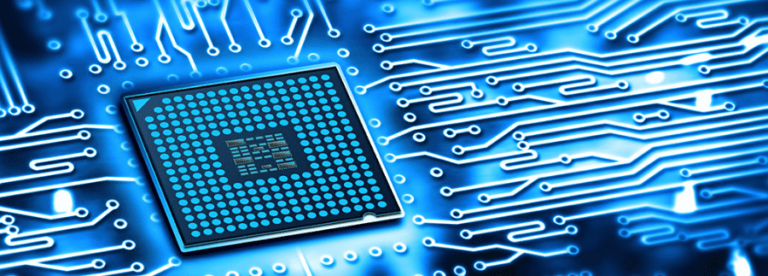
The pure crystal of semiconductor (Si or Ge) is known as intrinsic semiconductor at room temperature. The Silicon atom has 14 electrons revolving around its nucleus. In first orbit it contains 2 electrons, in second orbit 8 electrons i.e. 4 electrons in last orbit, known as valence electrons.
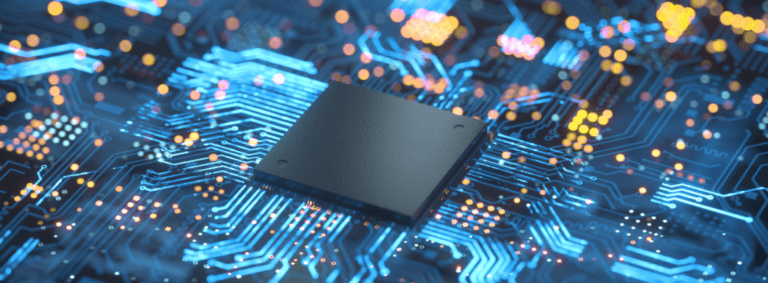
Some substances like Germanium, Silicon, Carbon, etc. are neither good conductors like copper nor insulators like glass. The resistivity of these materials lies in between conductors and insulators. Such substances are known as semiconductors.
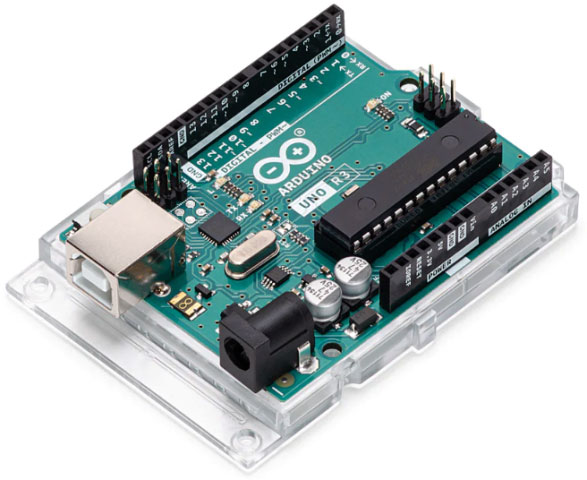
There is no excerpt because this is a protected post.
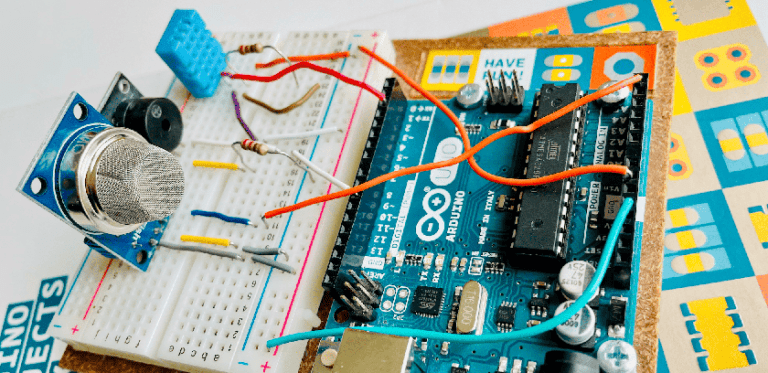
There is no excerpt because this is a protected post.
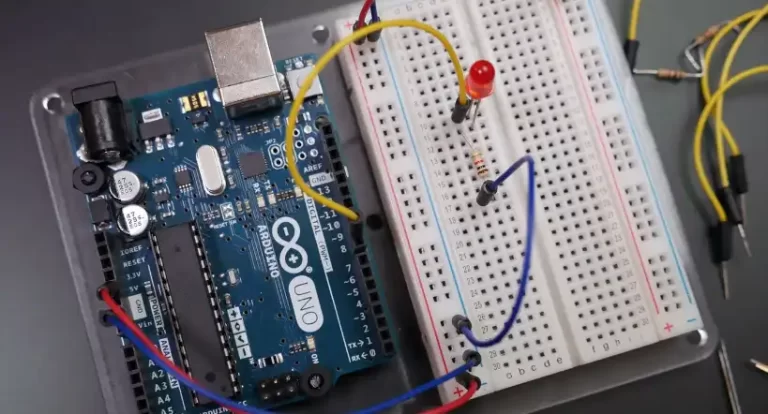
There is no excerpt because this is a protected post.
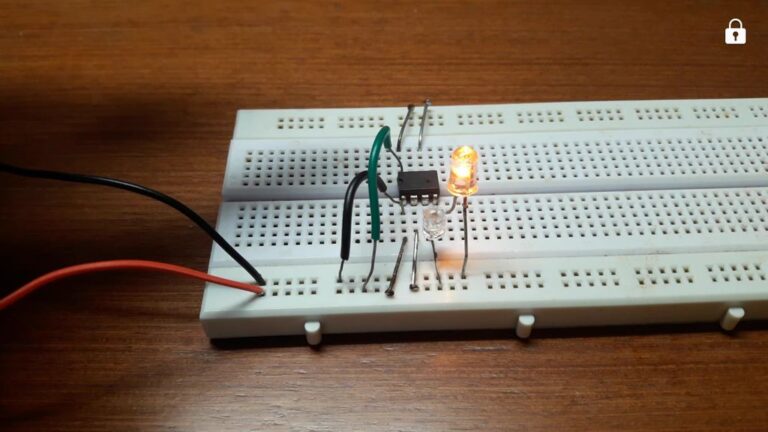
In this series of video demos you will be able to learn online 12th electronics practical experiments prescribed by the HSC Board for annual practical examination.

Learn the art of designing beautiful website in absurdly simple steps. After 3 days you will be confident. Show off yourself on the world wide web.

Learn the art of designing beautiful website in absurdly simple steps. After 3 days you will be confident. Show off yourself on the world wide web.

Learn the art of designing beautiful website in absurdly simple steps. After 3 days you will be confident. Show off yourself on the world wide web.
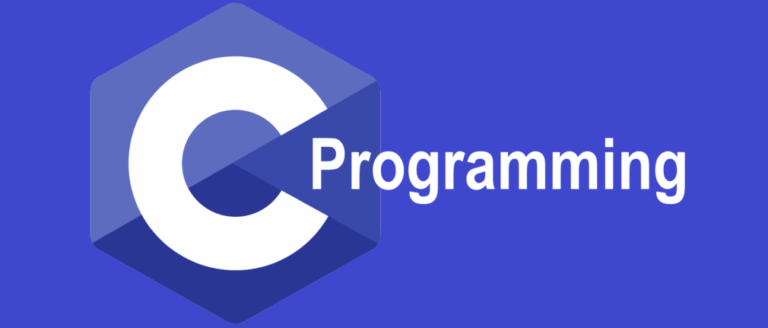
The perfect short term course of C Language. In this course you will learn everything about C language within a very short time of just 3 days.

The perfect short term course of C Language. In this course you will learn everything about C language within a very short time of just 3 days.